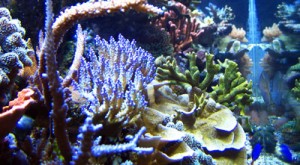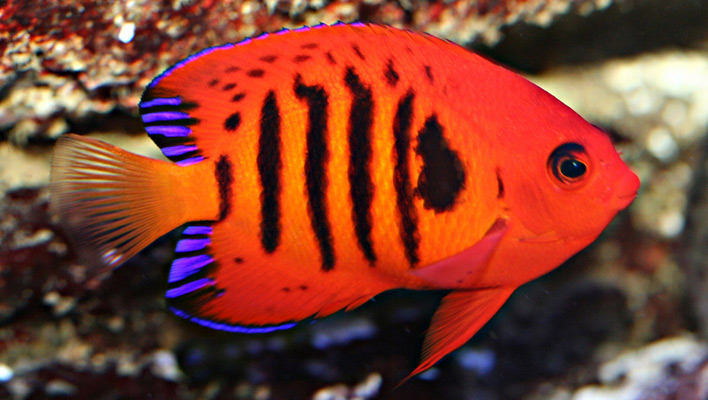When we say a marine fish is “reef safe,” we usually mean that it won’t eat the corals or other sessile invertebrates that we keep in reef systems. Using that definition, we can easily determine that, for example, the peaceful, planktivorous purple dartfish (Nemateleotris decora) is completely reef safe but the exquisite butterflyfish (Chaetodon austriacus), an obligate corallivore, is most decidedly not reef safe.
But sometimes fishes fall into more of a gray area with respect to reef-appropriateness. Depending on the particular setup and invertebrate livestock kept, some species (or individuals within a species) may cause problems in reef systems. Here are just a few examples:
Coral/clam nippers
Fish don’t always have to outright eat coral polyps in order to prove problematic in a reef tank. Some have the proclivity to just nip at fleshy invertebrates, such as LPS corals and the mantles of giant clams, which irritates them and can cause them to remain contracted. The culprits in this case are usually grazing species, such as tangs, rabbitfishes, and dwarf angels.
Coral nestlers
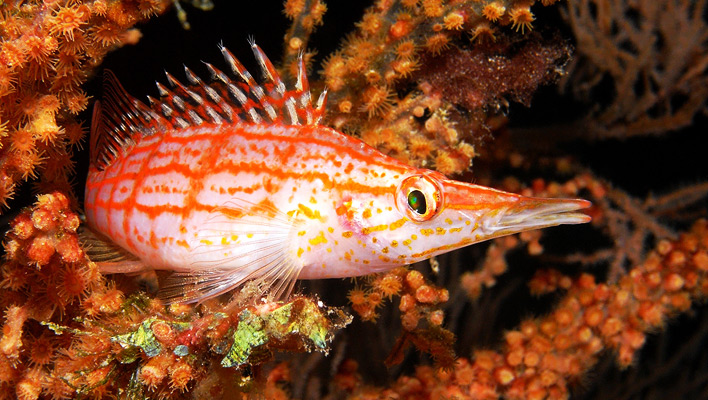
Some otherwise perfectly reef-safe fishes can irritate corals by constantly coming to rest upon them or trying to take refuge in their tentacles. Hawkfishes, which like to perch on coral or rock outcroppings and swoop down to ambush prey, are a good example of the former.
Clownfishes, which are generally considered very reef safe, are probably the best example of the latter when they adopt a non-anemone invertebrate as a surrogate host. Some invertebrates will take the presence of the clownfish in stride, but others may become irritated and remain contracted.
Dust storm producers
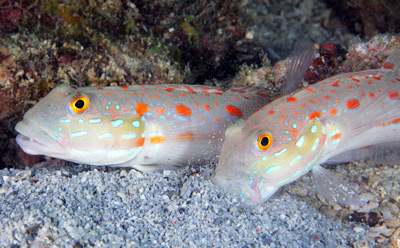
Here I’m thinking of sand-sifting fishes, such as Valenciennea spp. gobies, which feed by taking up mouthfuls of sand, sifting out any edible goodies, and then expelling the sand through their gills. This behavior can subject sessile invertebrates positioned on or close to the bottom of the tank to a constant “rain” of substrate material.
Heavy waste producers
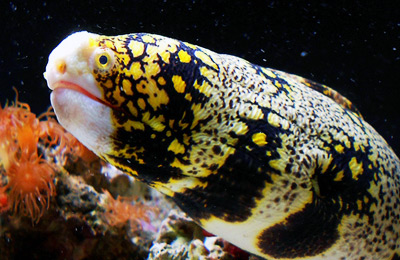
Many larger predatory species are technically reef safe in that they take no dietary interest in the corals or other sessile invertebrates in their environment, yet they may be poor choices for reef systems merely because they contribute so much in the way of dissolved pollutants that water quality really suffers. Examples include moray eels, groupers, larger wrasses, and lionfishes.
The bull in the china shop
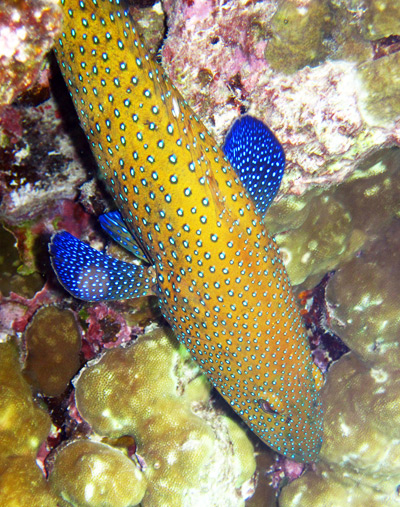
This broad category includes any fish that, despite having no sessile invertebrates on its menu, may be too big, boisterous, and fast-moving (or easily startled) for safe inclusion in reef systems. Again, certain wrasses and moray eels come to mind here.
Add your category
I’m sure I’ve overlooked a few categories of fishes that are reef safe with caveats. If you can think of one or two that I’ve missed, please share them with your fellow salties in the comment section below.


